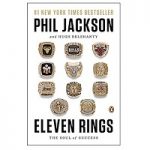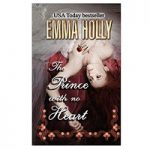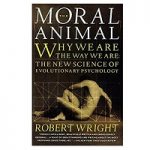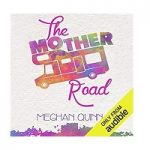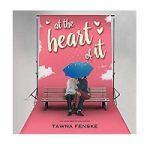Efficient Tips on How to Write a Creative Essay

Creative writing is different from other types of academic writing. When we get creative, we do more than just present information. We use our imagination to express our emotions, to create an original story with an unexpected ending and a compelling plot. For many students, writing a creative essay becomes sheer torture. They frantically search for “who can do my college essay for me” on Google and give up on their creativity without ever trying.
It is challenging to write a story that will get the message to the audience and be read to the end. But it is possible. Just think about what and how you want to tell, what emotions are leading in your story, and start. And our tips will only help make your creative essay better.
Introduce the action from the first words
You should consider the reader. Every day they have to see dozens of headlines and read tons of text. The location, the context, and the protagonist can be outlined a little later. You have to make your reader fall in love with you at first sight because that’s what determines whether or not he reads an essay to the end.
Tell the story through a character
A story should evoke emotions. People trigger emotions the best. So you have to include people in your essay, even if you’re talking about things. Nothing is stopping you from personifying them, giving them personality and character. Show how that person walked their path, how they changed or altered someone else. And how, as a result, they got the reward or punishment they deserved.
Create a conflict
Conflict is the engine of a story. It collides two or more elements, and the result is something new. It throws the hero off-balance, and it becomes interesting to watch. You want to see how it ends, whose side wins. The conflict does not necessarily arise with the other character, it can be an internal struggle, or it can be related to the world around him.
Show, not tell
Professional writers know that you should write (or tell) in images, not in facts. If you’re describing the process of making coffee, don’t talk about a pot that’s on fire. Describe the aroma that rises over the bubbling coffee that makes everyone in the house wake up and leave the room. Make the reader’s imagination work, and you will tie them firmly to your story.
Make hints
It’s a simple way to grab the reader’s attention and get them to read an essay to the end. Stir up curiosity by slightly revealing the future. Just make sure you don’t really disappoint the audience at the end. Insert hints closer to the middle of the story, when the reader is immersed in it and won’t give up halfway through.
Teach a lesson
If the reader finishes your essay and thinks, “What was that all about?” then you’ve lost their trust. You’ve also missed an opportunity to deliver your key message. So make it clear to your audience how the experience you have described affected you.
Don’t tell the moral of the story
A good story always has a particular meaning, purpose, and idea. It should say something to the reader and encourage them to act. In a good story, sometimes the authors themselves reveal the idea directly. In a perfect story, the reader comes to the right conclusion on their own. Tell the story, and let the reader make their choices.
Formatting makes a difference
Make sure your creative essay is visually appealing. If the story is uncomfortable to read, consider that all the previous work has gone to waste.


